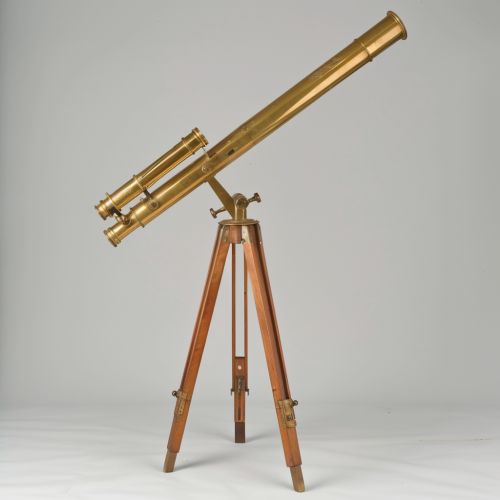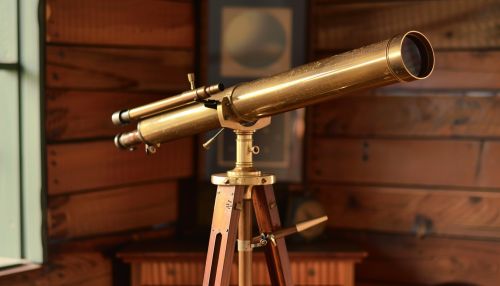History of the telescope
History of the Telescope
The history of the telescope is a fascinating journey through centuries of scientific innovation and discovery. This article delves into the origins, development, and impact of the telescope, providing a comprehensive and detailed account of its evolution.
Early Concepts and Predecessors
The concept of magnification predates the invention of the telescope. Ancient civilizations, including the Greeks and Romans, experimented with lenses made from polished crystals and glass. These early lenses were primarily used for simple magnification and did not have the sophistication required for astronomical observations.
One of the earliest known references to magnification comes from the Roman philosopher Seneca, who wrote about the magnifying properties of a glass globe filled with water. Similarly, the Greeks were aware of the principles of optics, as evidenced by the works of Aristophanes and Euclid.
The Invention of the Telescope
The invention of the telescope is traditionally credited to the Dutch spectacle maker Lippershey in 1608. However, the exact origins are somewhat disputed, with other claimants such as Metius and Janssen also being suggested as potential inventors. Lippershey's design was a simple refracting telescope, which used a convex objective lens and a concave eyepiece to magnify distant objects.


The invention quickly spread across Europe, leading to significant advancements in the field of Astronomy. The Italian scientist Galileo was among the first to use the telescope for astronomical purposes. In 1609, he constructed his own version of the telescope, which allowed him to make groundbreaking observations, such as the discovery of the moons of Jupiter, the phases of Venus, and the detailed study of the lunar surface.
Advancements in Telescope Design
The initial refracting telescopes had limitations, including chromatic aberration, which caused color distortions in the observed images. This issue was addressed by the development of the achromatic lens in the 18th century. The achromatic lens, invented by Hall and later improved by Dollond, combined two types of glass to correct chromatic aberration, significantly enhancing image quality.
In the 17th century, the reflecting telescope was introduced by Newton. Newton's design used a concave mirror instead of lenses to gather and focus light, eliminating chromatic aberration. This innovation marked a significant milestone in telescope technology and paved the way for larger and more powerful telescopes.
The Modern Era
The 19th and 20th centuries saw remarkable advancements in telescope technology. The development of larger and more precise mirrors, along with improvements in mounting and tracking systems, allowed astronomers to explore the universe in unprecedented detail. The Hale Telescope, completed in 1948 at the Palomar Observatory, was the largest optical telescope of its time, with a 200-inch (5.1-meter) mirror.
The advent of radio astronomy in the mid-20th century expanded the capabilities of telescopes beyond the visible spectrum. The construction of large radio telescopes, such as the Arecibo Observatory and the Very Large Array, enabled the study of celestial phenomena through radio waves, providing new insights into the structure and behavior of the universe.
Space Telescopes
The launch of space telescopes revolutionized astronomy by eliminating the distortions caused by Earth's atmosphere. The Hubble Space Telescope, launched in 1990, has provided some of the most detailed and stunning images of the cosmos. Its observations have led to significant discoveries, including the accelerated expansion of the universe and the existence of exoplanets.
Other notable space telescopes include the Chandra X-ray Observatory, which studies high-energy phenomena, and the James Webb Space Telescope, scheduled for launch in the near future, which aims to explore the early universe and the formation of galaxies.
Impact on Science and Society
The telescope has had a profound impact on our understanding of the universe and our place within it. It has enabled the discovery of countless celestial objects, from distant galaxies to nearby planets, and has provided critical data for the development of cosmology and astrophysics. The telescope has also played a crucial role in the advancement of optics and engineering, driving technological innovation and inspiring generations of scientists and engineers.
